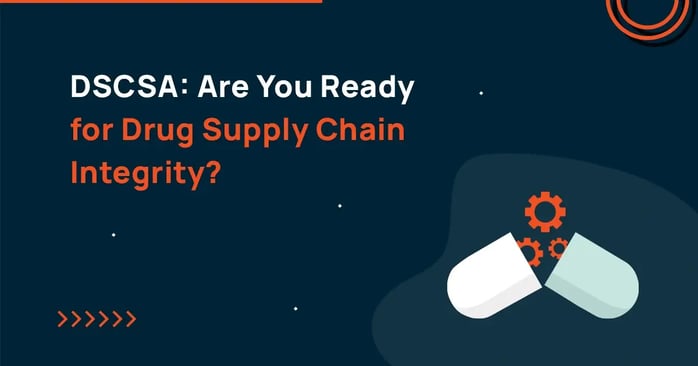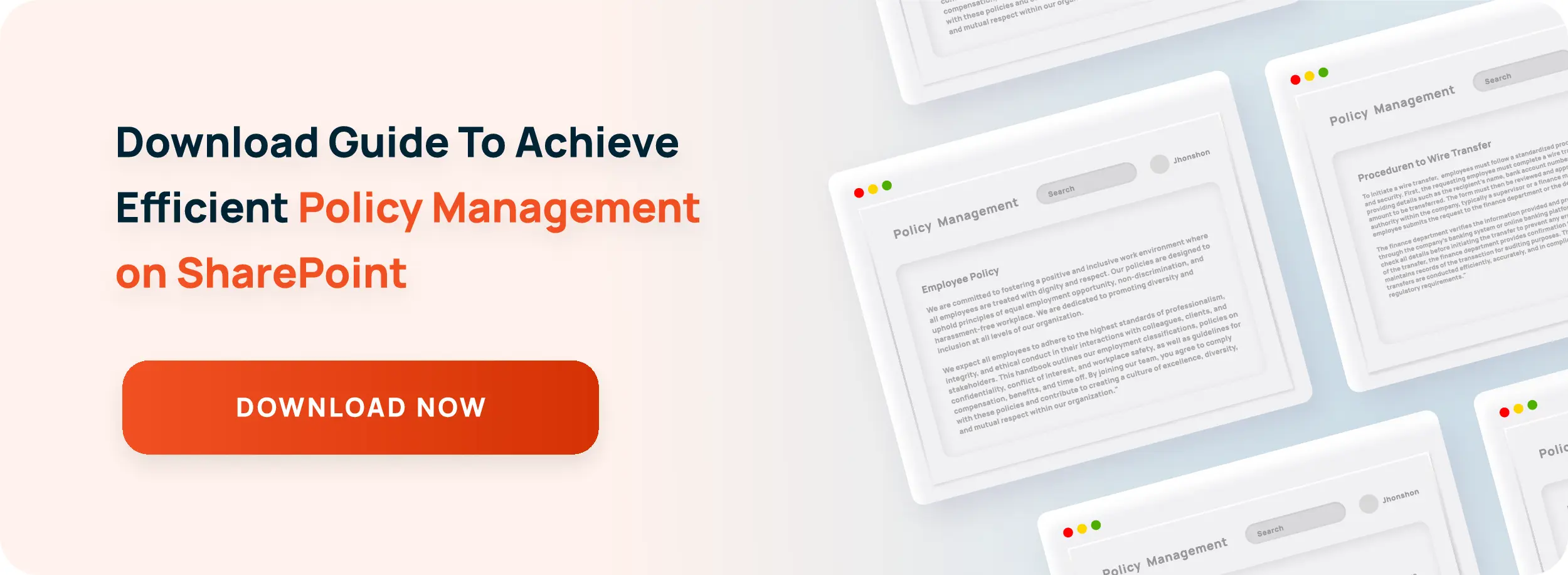DSCSA: Are You Ready For Drug Supply Chain Integrity?

Are Your Policy Management Processes too Complex?
When the Drug Quality and Security Act (DQSA) was signed by President Obama on November 27, 2013, advocates hoped that the confusing patchwork of State laws governing drug pedigree and tracing would finally be replaced by a comprehensive solution for the ‘3T’s’ (Transaction History, Transaction Statement, and Transaction Information) of the increasingly complex pharmaceutical supply chain. Title II of DQSA, the Drug Supply Chain Security Act (DSCSA) focused on building “an electronic, interoperable system to identify and trace certain prescription drugs.” Encompassing every link in the supply chain – manufacturers, repackagers, wholesale distributors, and dispensers, as well as third-party logistics providers – the legislation promised to deliver one law governing the identification, management, and traceability of drug products within the United States.
Working on a ten-year implementation schedule, the system is expected to deliver the following capabilities upon completion:
- “enable verification of the legitimacy of the drug product identifier down to the package level;
- enhance detection and notification of illegitimate products in the drug supply chain; and
- facilitate more efficient recalls of drug products.”
Since the system was designed to “enhance the U.S. Food and Drug Administration’s ability to help protect consumers from exposure to drugs that may be counterfeit, stolen, contaminated, or otherwise harmful,” implementation required the FDA to “develop standards, guidance documents, and pilot programs…to support efficient and effective implementation.”
The first implementation phase deadline came in January 2015 with “lot-level management” for manufacturers, wholesalers, and repackagers to share the “3T’s” at the Lot or batch level of identification. For hospital and retail pharmacies, the deadline for the same “lot-level management” will be July 1, 2015 after an approved extension from the FDA. Identification of individual items (the mid-phase of the implementation) has to be in place across the entire supply chain by 2019, with the final phase, the ability to track an individual item back to the original manufacturer, in place by 2023.
Compliance to the July 1 deadline for pharmacies (retail and hospital) carries some additional responsibilities. In addition to the receipt and provision of “3T” information, systems must also be in place to segregate and investigate suspect products (required in the original January 1 deadline), to verify that all suppliers are authorized trading partners, and to securely retain the transaction data for at least 6 years from the date of the transaction. In addition, while the DSCSA was designed to provide a consistent framework across States, individual pharmacies still bear the burden of compliance with all existing state licensing requirements.
Since pharmacies operate at the retail end of the supply chain, there is a risk that pharmacy managers will interpret compliance to the DSCSA as simply being the passive receipt of “3T” information from their upstream trading partners. This could not be further from the truth. Without the implementation of comprehensive and consistent policies, procedures, and processes to ensure compliance to the evolving standards of DSCSA compliance, individual pharmacies and their parent organizations will face stiff violation penalties from the FDA. A comprehensive software solution to manage every element of these requirements could be the most cost-effective business decision you’ll make all year.
Download the Policy White Paper
How to choose the right policy management software for your company
Download checklistLooking for a better way to manage policies at your organization?
Get the whitepaperIndustries served
Manufacturing and Retail Industry
Many manufacturing and retail companies have a decentralized business model with
Healthcare
The healthcare industry encompasses a wide range of facilities from hospital
Financial Services and Banking
Every organization in the financial service industry — whether a commercial bank,
Insurance and Employee Benefits
The insurance and employee benefits industry knows more than anyone else
Energy and Utilities
Navigating the increasingly complex regulatory requirements can be tough for
Transportation
Abide by FAA, DOT, FMCSA, FRA and FTA regulations, educate drivers and third party vendors on guidelines, and streamline overall compliance.
